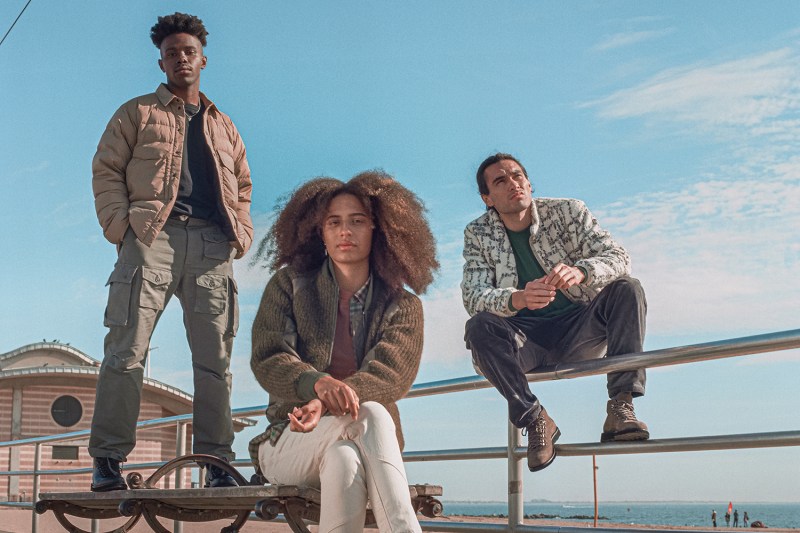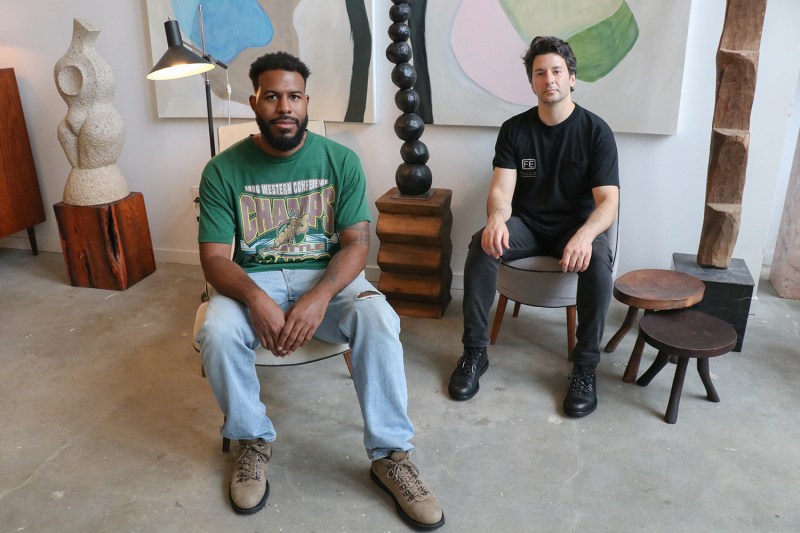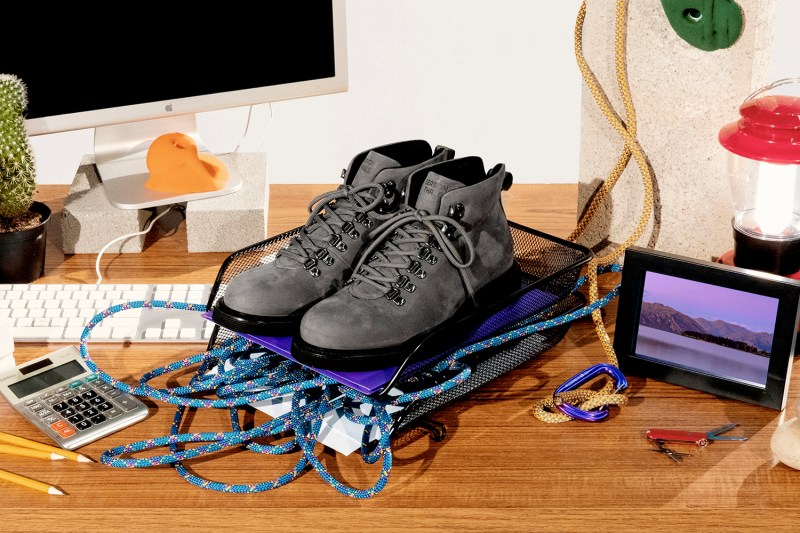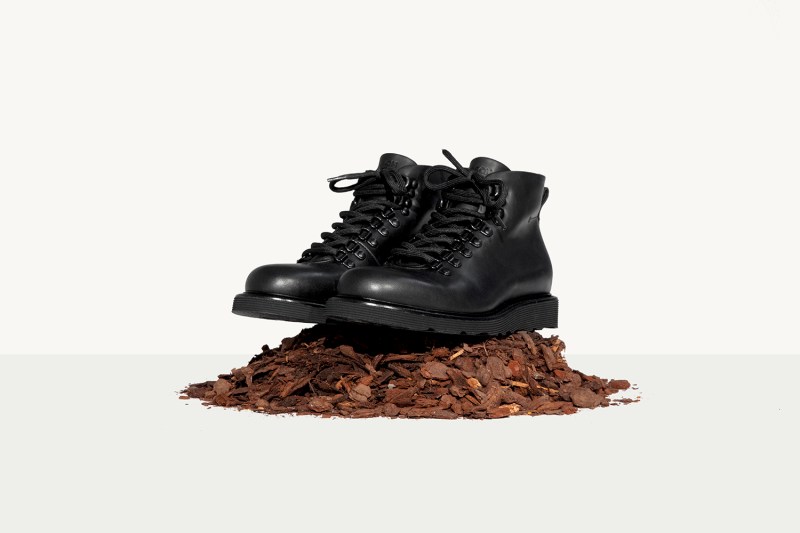
Established in 1890, California’s Yosemite National Park has awed visitors for generations. Whether looking out from the Tunnel View, down from Glacier Point, or up from the meadow at El Capitan, its vistas are expansive, uniquely American. Yosemite is the proper definition of a national treasure. Jared Ray Johnson has never been.
Related Guides
- Diversity in the Outdoor Community
- Best Clothing Brands for Men
- Excellent Black-Owned Menswear Brands to Support
Johnson, 30, wants to go. “As soon as the pandemic is over, I’m going to plan a trip,” he says, speaking over the phone from his home in Brooklyn. But whether or not he’s traveled to every Western national park, Johnson is an outdoorsman. And with his company, Season Three
Originally from St. Louis, Mo., Johnson spent childhood summers at YMCA camps, but he hardly considered himself an outdoorsman. And yet, after a few years trapped in New York, he began to miss his former home’s expansive public spaces. Forest Park, St. Louis’s 1,300-acre park in the middle of the city, was something he’d taken for granted during his many, many trips there growing up. “I could probably walk through that park blindfolded,” he says. “Growing up close to that was foundational.” So, stifled by the congestion of NYC, he began exploring the Adirondack Mountains in northern New York on the weekends,

The other piece of the puzzle was footwear, a tie-over from his Midwestern roots. While he may not have worn local designers while he lived in St. Louis, as a New York transplant, he became fiercely proud of his home region, embarking on a Who’s Who of classic Middle American boot brands. Red Wing, Wolverine, and even Danner, which was founded in Wisconsin before moving later to Oregon, all came and went; he liked their history, and he loved the reputation of each for being near unbreakable.
Finally, it came to a head. Tired of a lucrative but boring professional life in tech and finance, he returned to college in 2017 as a business student at MIT. It was there, at the first grad school business mixer, where he met future business partner Adam Klein. Surrounded by the entrepreneurial culture of the school’s program, Johnson says his decision to start a shoe brand seemed obvious, the answer that was always in front of his face. “If I’m going to take a shot,” he says, “let me do that with something I’m truly passionate about.”
A hiking boot brand seems like a strange decision for a man recently rediscovering his love of the outdoors, but the idea was sound: Tap into the heritage he loved about other brands while incorporating modern materials, crafting an old-meets-new that looks great and performs better than the original. Inspired by European alpinist books from the ‘70s and ‘80s, he and Klein discovered a generations-old Italian bootmaking family and commissioned waterproof nubuck leather sewn to a modern Vibram outsole by rugged (and re-soleable) Goodyear welt. They then added a New Zealand merino wool lining and comfortable Ortholite insoles. The gusseted tongue, which naturally helps prevent rocks and water from slipping inside, only added to the impervious protection, while D-ring lacing, topped with speed lace hooks, were both authentic and inherently functional. Mockups and tests and iterations later, their boot was ready for release. All Johnson and Klein needed was a name for their debut shoe.
Spitballing. Throwing out names. No bad ideas. Season Three was about getting outside for more people. Accessibility. Inclusivity. On trail, wearers would discover a feature-packed shoe. And then a photographer friend helping them with product shots threw out the name of Ansel Adams.

Adams, who died in 1984, was an American photographer who created iconic landscape photos in many of the national parks. But he was so much more, a renaissance man and pioneer that spanned archetypes. As an artist, his work continues to be sought by fine art collectors, and as a conservationist and consummate outdoorsman, he was a champion of wild spaces and their preservation. But what caught the attention of Johnson and Klein was Adams’ wealth of knowledge as a technician. He contributed much to the bones of photography as a teacher, and while collections of his photos are released every year (Ansel Adams’ Yosemite, with a forward by Obama White House Chief Photographer Pete Souza, was released in 2019), his three-volume series on film photography has rarely been out of print and is considered by many to be an indispensable reference text. “The deep technicality plus the conservationist plus the photography, all of it just made sense to us and what we were trying to accomplish with our initial product,” says Klein.
And so, for its debut footwear, Johnson and Klein released the Ansel. Twisted into climbing ropes and modeled by persons of color, it elegantly conveys the intent of its creators: the heritage, the inclusivity, and the heady call of the wild.
“With having more people of color be successful and have wealth, accessibility to the outdoors comes naturally,” Johnson says. He cites friends of his, Stanford alums living in the Bay Area and working in tech, all making north of $200K. Unsurprisingly, many hike, surf, and ski. Really, then, it’s a matter of affluence, which hits persons of color disproportionally harder. With less affluence comes less money to spend on a lift ticket or a pair of climbing shoes. “When we think of the outdoors,” he says, “we tend to think of activities that require equipment.”
And then there’s the fact that these activities often take part in rural areas, and whether you cite history or just a change from the urban environments that many persons of color call home, there’s a general discomfort.

Finally, while Johnson views his friends and peers’ presence on the ski slopes of progress, they’re still surrounded by a figurative sea of white. “Think of everybody if you were to search ‘Van Life’ hashtag on Instagram,” he says. The same goes for adventure photography and outdoor influencers. “They are still more than likely white faces. There’s something that feels distant for people of color.”
The one outdoor activity with the lowest bar for entry?
Under the Season Three big tent, Klein and Johnson are building a new outdoorsman and woman by helping others discover it around them. Johnson points to the genius of Nike, which managed to indoctrinate a generation of non-professional athletes into the mindset that they were, nevertheless, athletes now and tomorrow and in their workouts and on a relaxed Saturday morning. “We want to do something similar,” he says. “Can we inspire them to be active in the outdoors?
“We’re not trying to turn people into ‘Van Life people,’” he continues. “People are living in cities for a reason, they’re going to continue to live in cities for these same reasons. We want to shine a light on what you can do that’s near you.”



